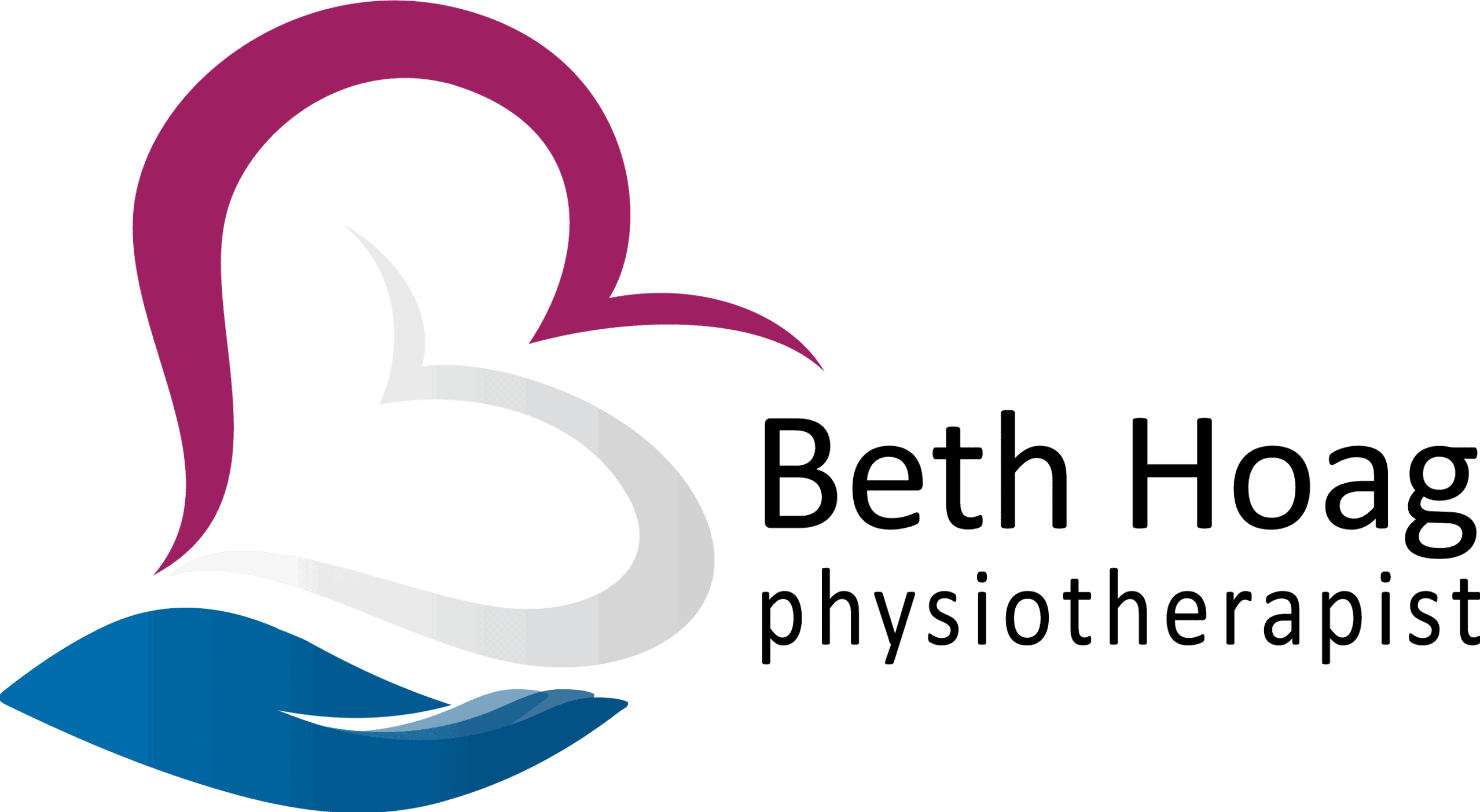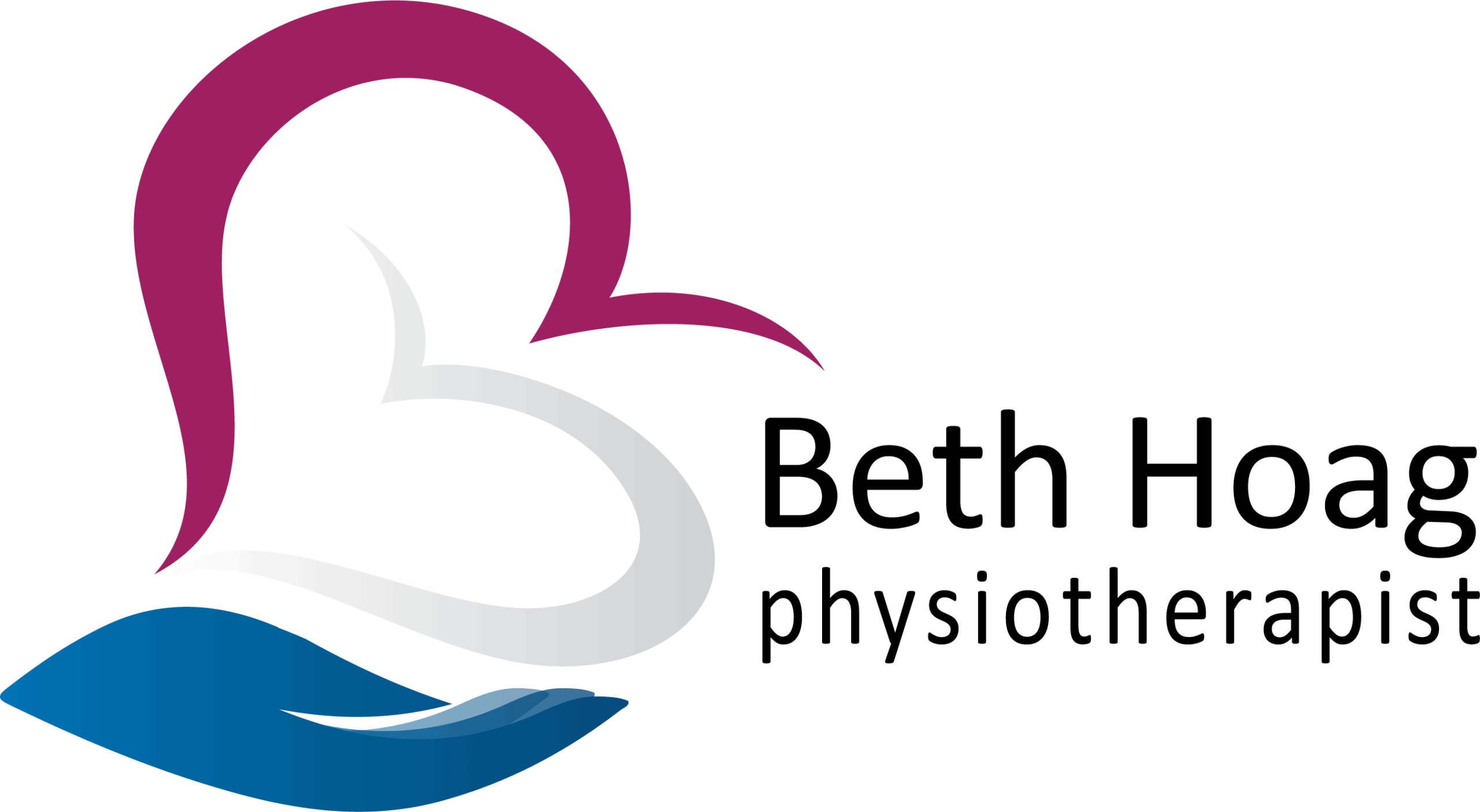However, what you do (or don’t do) can have an enormous impact on supporting this healing process. So understanding HOW your body heals after surgery is extremely helpful in guiding you to create the best possible environment for healing. This knowledge can transform you from “pushing yourself to get moving” to “allowing yourself to work with” your body’s natural healing process.
This is a conversation I have with EVERY client who is facing cancer surgery or healing from cancer surgery (and even chemotherapy and radiation therapy), and this is what this blog is all about.
2 Rules of Normal Tissue Healing
Even though your post-surgery healing process will occur in “predictable phases”, there are a couple of important things to first understand:
- There is overlap in the phases of tissue healing (i.e. you can be in 2 phases of healing at the same time!)
- Everyone heals at a slightly different pace
How is Tissue Healing like Paper Maché?!
I often use a “paper maché” analogy when explaining how your soft tissues heal after cancer surgery. (Mind you, as I get older, I think I’m going to have to find a new analogy…. Does anyone actually make paper maché anymore?!)
The process of bringing all the paper maché “supplies” into one place, wetting the paper strips, placing them down, reorganizing them slightly, and allowing them time to strengthen/harden can be likened to the way your body heals after cancer surgery. As a result, I will use this analogy as we discuss this further.
Stage 1: The Acute Inflammatory Phase (Days 1 – 7 Post Cancer Surgery)
For your paper maché project, this would be the equivalent of bringing in all of the “supplies or ingredients” needed to make your project.
In response to the surgery, your body will create inflammation (pain, swelling, tissue warmth and possible bruising) to begin the tissue repair process. This initial response is your body’s way of bringing in a mixture of blood and body chemicals that your tissues need to heal after surgery.
Stage 2: The Repair Phase (Days 4 – 6 weeks Post-Surgery)
For your paper maché project, this would be the phase where you are randomly laying down your strips of wet paper. Because it is still wet, the paper maché cannot tolerate too much “load”. If we pulled on the pieces too aggressively, we may pull them apart and have to start all over again.
During this phase of healing, your body is laying down new collagen fibers to repair and heal the surgical area. These fibers are initially laid down in a disorganized fashion and rely on gentle movement and exercise to help them become more organized. Pain is typically significantly improving during this phase.
Stage 3: The Remodelling Phase (Weeks 3 – months or years)
At this stage, your wet paper maché strips begin to harden and gain strength. Over time, they will be able to tolerate more pulling, pressing and loading.
During this phase of healing, your body’s collagen fibers (aka “scar tissue”) continue to gain strength and become more organized. Early scar tissue is laid down in a very disorganized fashion. Over time, these tissues require movement and loading to help them realign and reorganize so they can respond to healthy everyday loads.
This stage of healing is quite complex and continues for months and even years after surgery. Though the most dramatic tissue healing occurs in the first 3 months after surgery, your body will continue to reorganize and strengthen these tissues for months, and even years, to come.
How Does Tissue Healing Guide Post-Surgery Exercise?
Much of the recommendations I make about post-surgery exercise and progressions are based on the stages of tissue healing. This is why I feel it’s important for you to first understand how your body heals after surgery and then you can better understand how to “work with” your body through your post-surgery exercises.
Do you want to understand more about how your healing process relates to how you move and exercise after cancer surgery? We put this all together in my Breast Cancer Surgery Recovery Program, which is now available online.
Disclaimer – These blogs are for general information purposes only. Medical information changes daily, so information contained within these blogs may become outdated over time. In addition, please be aware that the information contained in these blogs is not intended as a substitute for medical advice or treatment and you should always consult a licensed health care professional for advice specific to your treatment or condition. Any reliance you place on this information is therefore strictly at your own risk.





